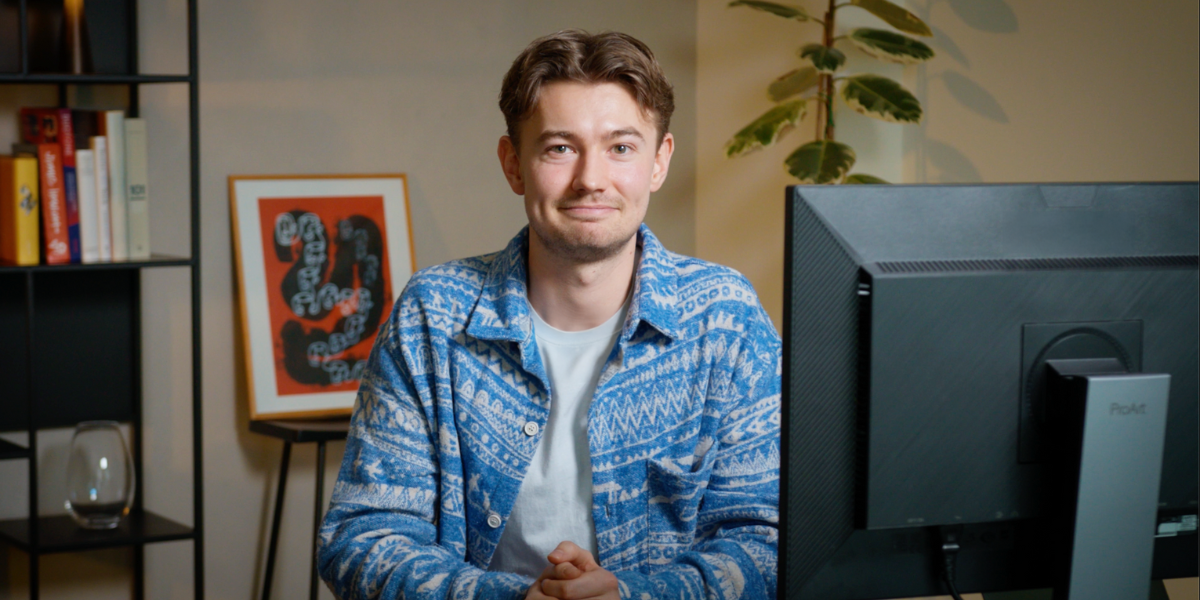L'article invité du jour est de James Scott Bell. Auteur de thrillers à succès et professeur d'écriture, son livre phare, Plot & Structure, est le livre d'artisanat numéro 1 de Writer's Digest Books depuis plus de dix ans.
Lors d’un récent atelier que j’enseignais, j’ai commencé par montrer un extrait du film amusant d’Albert Brooks, La Muse.
C'est l'histoire d'un scénariste d'âge mûr confronté à une crise de carrière (ce qui, à Hollywood, est presque superflu). Au début du film, Brooks déjeune avec un patron de studio d'environ quinze ans son cadet. Brooks a soumis un scénario d'action et souhaite obtenir des retours.
Le patron dit : « Laissez-moi vous le dire d'une manière qui ne soit pas insultante, car j'ai tendance à être trop direct. Tous mes amis me le disent. Le scénario est nul. »
Brook dit : « C'est la forme qui n'est pas insultante ? Quelle serait la forme insultante ? »
Lorsque Brooks demande ce qui ne va pas avec le script, le grand patron répond : « Ce qui ne va pas avec le script... c'est toi. »
Brooks insiste pour obtenir plus de détails. Le patron finit par dire : « Vous avez perdu votre avantage. »
Brooks le regarde avec cette expression d'angoisse existentielle d'Albert Brooks, dont il a pratiquement fait sa marque. Le patron ajoute que le studio a besoin que Brooks libère son bureau pour que Brian De Palma puisse l'occuper. « Tu ne peux pas donner mon bureau à Brian De Palma ! » s'exclame Brooks.
« Ce n'est pas vraiment ton bureau », répond le patron. « On utilise tous l'espace ici. Je suis là où Lucille Ball était. »
« Dommage que tu ne sois pas là où elle est maintenant. »
Bref, le déjeuner ne se passe pas bien.
Après la vidéo, j'ai expliqué à la classe qu'ils étaient à Story Masters en partie pour éviter d'être confrontés à ce genre de conversation. Comment ? En trouvant et en conservant leur avantage.
Ce que chaque écrivain possède, d'ailleurs. Le défi est de le dénicher et de le mettre en forme.
Qu'est-ce qui fait la différence ? C'est vous. C'est ce qui vous distingue des autres écrivains. Vous êtes un être unique, un concentré d'expériences, de passions, de joies singulières… sans parler de votre ADN. L'astuce pour atteindre cette différence est d'allier votre singularité à une maîtrise de votre art et à une stratégie globale pour votre roman.
Ouais, c'est tout.
J'ai ensuite montré aux élèves une citation de Marian Lizzi, ancienne responsable des acquisitions chez Penguin. Elle écrivait sur les raisons qui poussent une maison d'édition à refuser un manuscrit. L'une d'elles est que le livre n'est pas « assez remarquable/surprenant/indémodable » :
C'est l'étape la plus difficile à formuler, et pourtant, à bien des égards, c'est l'obstacle le plus important à franchir. La proposition suscite-t-elle l'enthousiasme ? Les commerciaux et les acheteurs seront-ils impatients de la lire, puis d'en parler à leur tour ? Comme mon premier patron nous le disait il y a vingt ans, nous, les assistants de rédaction novices, le type de soumission le plus difficile à repérer, et le plus essentiel à éviter, est celle qui est « habile, compétente, cultivée et, au final, oubliable ».
Ces mots sont plus importants que jamais. Nous connaissons tous le « tsunami de contenu » qui se dispute l'attention et la fidélisation des clients, même si une grande partie de ce contenu est (comment dire sans être insultant ?) de mauvaise qualité.
Cependant, beaucoup de ces ouvrages sont bons. Au cours de ces presque 25 ans d'enseignement, j'ai constaté une nette amélioration du niveau de qualité de la fiction. Grâce à tous les enseignements, les groupes de critique, les panels d'éditeurs et d'agents, les livres et les blogs sur l'art littéraire, n'importe qui, avec un minimum de talent et beaucoup de cran, peut apprendre à écrire de la fiction de qualité.
Ce qui signifie que nous devons être plus que bons pour nous démarquer. L'avantage est essentiel pour y parvenir.
Un vieux prédicateur disait un jour à ses étudiants en ministère qu'un sermon ne sert à rien s'il ne rend pas l'assemblée triste, folle ou joyeuse. Il y a beaucoup de vrai là-dedans. Alors, essayez cet exercice :
Écrivez trois choses qui vous rendent triste, trois qui vous mettent en colère et trois qui vous rendent heureux. (Remarque : pour varier, essayez d’éviter tout ce qui est politique !)
Ensuite, prenez chacun de ces neuf éléments et écrivez une page expliquant pourquoi vous ressentez cela. Allez en profondeur. Utilisez vos expériences de vie, votre éducation, vos observations, des scènes précises de votre passé. Vous n'êtes pas obligé de montrer ces pages à qui que ce soit ; alors, râlez, déchaînez-vous et pleurez autant que vous voulez. Les larmes brûlantes forgent des angles vifs.
Vous disposez désormais de neuf pages de réponses émotionnelles, qui vous sont propres.
Lorsque vous développez vos personnages principaux, donnez-leur un ensemble de sentiments tristes, fous et joyeux. Ils ne doivent pas nécessairement se superposer aux vôtres, mais ils peuvent certainement le faire.
Créez maintenant une histoire pour justifier chaque sentiment, en persévérant jusqu'à ce que vous le ressentiez également.
Votre force émergera. Suivez-la, mettez-la au cœur de vos personnages et de vos scènes. Si vous faites cela, vous n'aurez pas besoin d'un déjeuner inconfortable.
Vous pouvez plutôt terminer votre livre.
 James Scott Bell est un auteur de thrillers à succès et professeur d'écriture. Son livre phare, Plot & Structure, est le livre d'écriture n°1 de Writer's Digest Books depuis plus de dix ans. Conférencier prisé lors de conférences d'écrivains, son cours populaire « Écrire un roman qu'ils ne peuvent pas lâcher » est désormais disponible en ligne . Vous pouvez consulter son site web : www.jamesscottbell.com .
James Scott Bell est un auteur de thrillers à succès et professeur d'écriture. Son livre phare, Plot & Structure, est le livre d'écriture n°1 de Writer's Digest Books depuis plus de dix ans. Conférencier prisé lors de conférences d'écrivains, son cours populaire « Écrire un roman qu'ils ne peuvent pas lâcher » est désormais disponible en ligne . Vous pouvez consulter son site web : www.jamesscottbell.com .





























